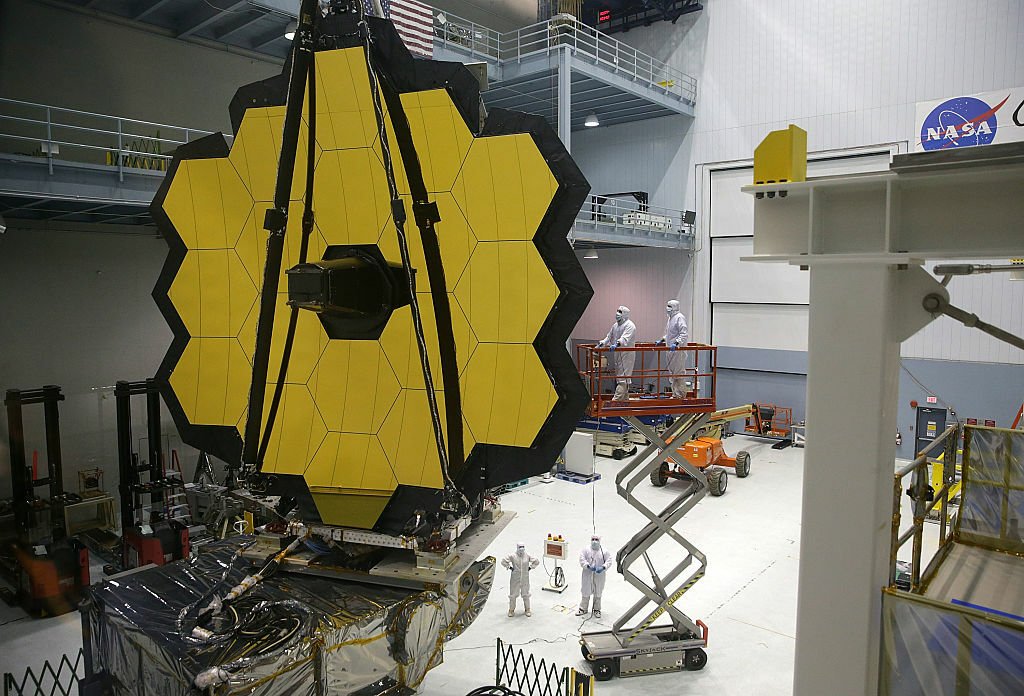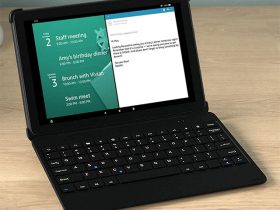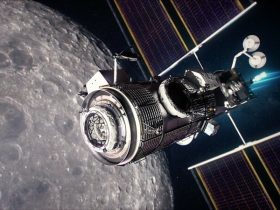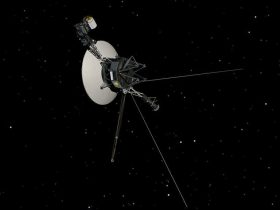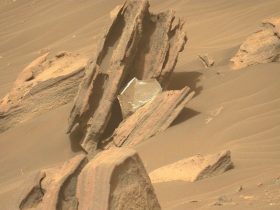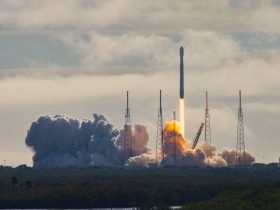Once you’re a brand new guardian, each little bump and bruise regarding your little one is distressing, headline-worthy information. To that finish, it’s my responsibility to tell you that the James Webb Area Telescope had a tiny scrape, however I promise it is completely high-quality.
On Wednesday, NASA revealed that the five-month-old telescope received a small boo-boo between Could 23 and 25, after a micrometeoroid — a typical piece of tiny house particles, most weighing lower than a gram — impacted one in every of its major mirror segments. The James Webb Telescope’s major mirror consists of 18 gold-plated hexagonal panels, which collectively measure over 21 ft in diameter.
Happily, the Webb telescope was a really courageous house instrument and did not cry in any respect. NASA has evaluated the telescope, and whereas additional evaluation remains to be underway, Webb’s efficiency would not seem like considerably affected by the influence.
“After preliminary assessments, the group discovered the telescope remains to be acting at a degree that exceeds all mission necessities regardless of a slightly detectable impact within the information,” NASA wrote.
This is not the primary time the Webb telescope has suffered the equal of a scraped knee. There have been not less than 4 different, smaller micrometeoroid strikes for the reason that telescope was launched on Dec. 25 final 12 months. Such incidents are literally anticipated, with NASA accounting for them when establishing the James Webb telescope and guaranteeing there is a margin for degradation. Nevertheless, this newest influence was bigger than the house company had examined or modelled earlier than launch, so there was a bit extra uncertainty this time.
“We at all times knew that Webb must climate the house surroundings, which incorporates harsh ultraviolet mild and charged particles from the Solar, cosmic rays from unique sources within the galaxy, and occasional strikes by micrometeoroids inside our photo voltaic system,” stated NASA’s Paul Geithner.
“We designed and constructed Webb with [a] efficiency margin — optical, thermal, electrical, mechanical — to make sure it might carry out its bold science mission even after a few years in house.”
The Webb telescope can also be in a position to regulate its mirror positions to mitigate degradation attributable to such an influence, as a result of it is a massive boy who can get up all by itself. It has already adjusted its mirrors after this current influence, whereas NASA’s engineers are researching what else they will do to additional minimise injury by future micrometeoroid hits this dimension. I counsel a giant kiss to make it higher.
Comply with Mashable SEA on Fb, Twitter, Instagram, YouTube, and Telegram.


